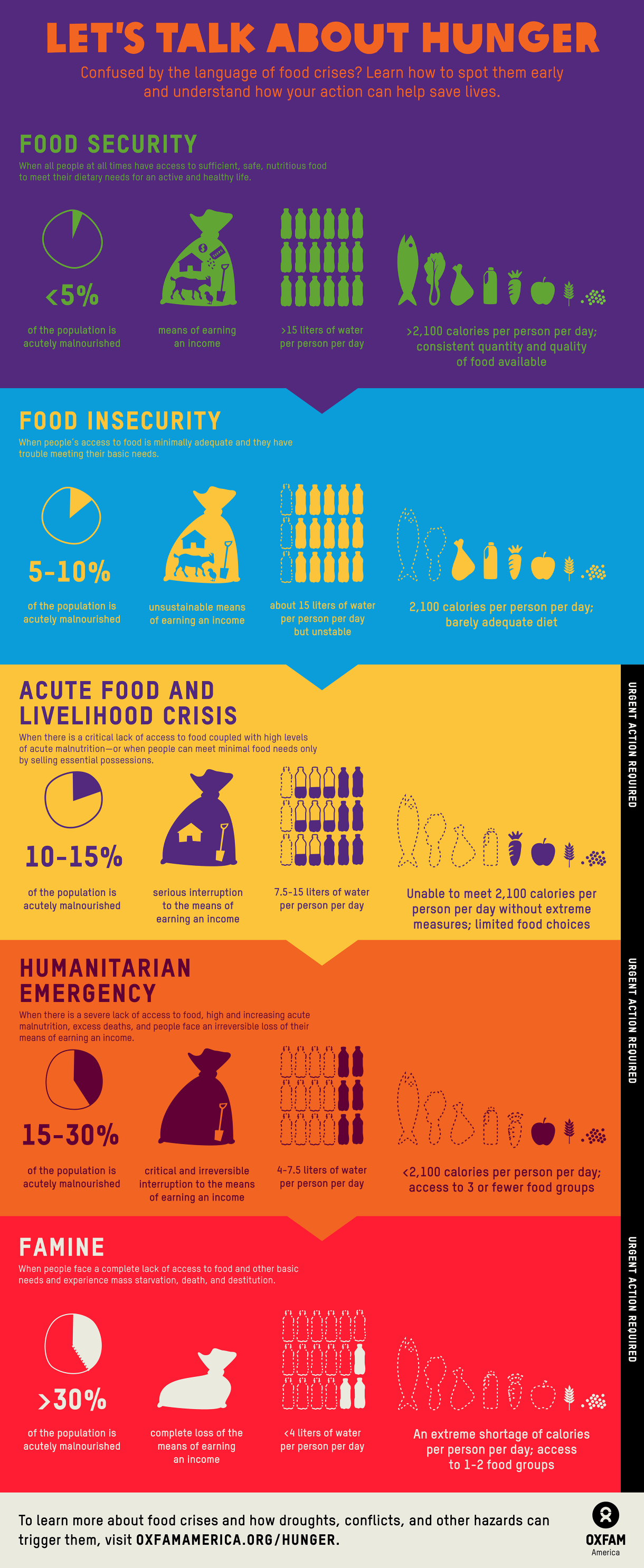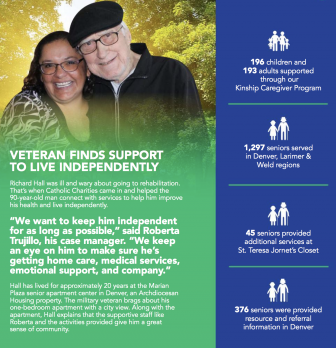
This article was originally published in NonProfit PRO.
To help you get the most from your outreach efforts, here’s a collection of five brochure copywriting breakthroughs. Gathered from nonprofit marketing pros, these tips can motivate your target market to give, give again, get involved — whatever you ultimately want them to do.
The common thread here is that effective brochure copywriting convinces. Use the following strategic elements to give your powers of persuasion a jolt.
1. Grab ‘Em From the Start With a Powerful Headline
Whether you’re talking about blatant click-bait ads or articles by reputable news outlets — they all use headlines to draw readers in. And so should your brochures.
Don’t count on someone turning to page 2 of your brochure. Deliver a powerful message right from the start with a great headline.
ProActive Content suggests playing around with headline types to see what works best for your audience, like the following examples:
- Donor dependent headlines: There’s Only One Way Our Museum Won’t Close Forever
- How-to headlines: How You Can Rescue 7 Girls From Human Trafficking
- Promise-focused headlines: Give More Kids In Myanmar the Chance to Attend School
- Appeal headline: Feed 250 People This Thanksgiving
- Case study headline: What This Teen Did the First Day at His New Job Made Everyone Smile
- Mission alignment headline: These 7 Kinds of Fish Have Something Tragic in Common
2. Create Laser-Focused Copy: Don’t Water it Down for a General Audience
Royce Gomez-King, a business consultant who specializes in nonprofit copywriting, emphasizes that when it comes to your brochures, “You need to know specifically who that piece is intended for.”
That may seem like a no-brainer until you start to tease out all the people you may be trying to move to action:
- Potential donors
- Potential volunteers
- The audience you serve through your mission
- Members of your current board of directors
- A current donor or partner
- A person you’re trying to recruit as a board member
And what about the sub-groups from these audiences? For example, appealing to a small donor who gave $50 last year isn’t the same as appealing to a foundation. You can’t create a focused, potent, and audience-appropriate message when you’re trying to speak to everyone.
Instead, create multiple, audience-specific brochures. The good news is that digital printing technology continues to drive print costs down, which means you have more opportunities to spend smarter and order in smaller numbers.
3. Unleash Your Nonprofit Superpower Through Strategic Storytelling
“Nonprofits traditionally have really compelling stories, and that’s a huge advantage in their marketing,” says Elizabeth Krouse, communications manager at Fieldstone Farm Therapeutic Riding Center.
Krouse’s organization is a veritable feast of poignant stories. Wounded veterans, seniors with memory challenges, children with special physical or emotional needs — these are just a few examples of the people who experience the transformative power of therapeutic horse riding.
But even if you lack the emotional one-two combo of kids and ponies, chances are good your stories are still your nonprofit superpower. Just be smart with how you use them in your content.
“Don’t just blindly approach a foundation, for example,” cautions Krouse. “Really research the kind of things they give to and what their interests are.” Then reach out by showcasing a specific project or two that your research indicates will match with the foundation’s values, she says.
PRO TIP: If you’re short on space, a single testimonial can serve as a super-condensed “story.” Use a powerful quote from someone who’s been helped by your mission and accompany it with a photo. Here’s an example from the Ronald McDonald House Charities.
4. Steal Ideas From Great Infographic Examples
Infographics use clear and succinct copy along with strategic fonts, typefaces, colors, and imagery to explain, reason, and convince. No, your brochure likely won’t be able to fit the kind of webpage infographics that go on and on, like this example from Oxfam:
But by studying them, you can start to formulate how you could present key concepts and crucial data in your brochure in a clear, vivid, and compelling way.
PRO TIP: Include an infographic alongside a powerful story and you’ll be delivering a persuasive double whammy. This example is from Catholic Charities of Denver:
5. Don’t Be Stingy With Your Asks
Your call-to-action is your ask, and when you get down to it, that’s really the whole point of your piece, right? So, given how critical asking is, why not do it more than once?
For example, if you include an appeal letter, 101fundraising says to ask for action “at least three times” — in the opening section, in the middle, and at the end or in the P.S.
Since most readers will skim the letter, you increase your chances of a response by distributing those asks.
And you can apply this thinking to your brochures as well. You may think you need to build up to a finale ask, but that assumes a person reads a brochure from beginning to end like a book (but they often don’t).
That’s why you should find strategic ways to ask for what you need in several places in your brochure.
A Smart Way to Save Cash and Boost Results: Bring it all Together in a Simple (but Powerful) Self-Mailer
A self-mailer brochure is an all-in-one solution that lets you combine a brochure and a return envelope into a single, mailable piece. They can be a fraction of the cost of a big, multi-page brochure — but still deliver big results.
For example, the Leslie-Lohman Museum of Art in New York City nailed its donation goals using thousands of fewer mailers and spent nearly 50% less than the prior year.
According to the museum’s director of development, Eduardo Ayala Fuentes, the self-mailers also led to “exponentially less effort for the staff, which is important for a lean team like ours.”
Learn more about self-mailer solutions for nonprofit organizations.
The Benefits of Good Brochure Copywriting Reach Far
Brochures have so many advantages:
- They can be a relatively simple, cost-effective way to convey crucial information.
- In the digital age, they’re a novel expression of your organization because people can actually hold something about you in their hands (and read it).
- You can take strategic steps to have your brochures and online efforts complement one another.
- The content you create for your brochure can be repurposed in lots of ways — from condensing it for a postcard to expanding on it for your annual report.
But none of this will matter much if you’re just going through the motions with your brochure copy.
When it’s time for another round of brochures, revisit your copy with fresh eyes. Sure, you may believe in your mission. Now find more ways for your copywriting to convince others to believe — starting with tips like those above.





